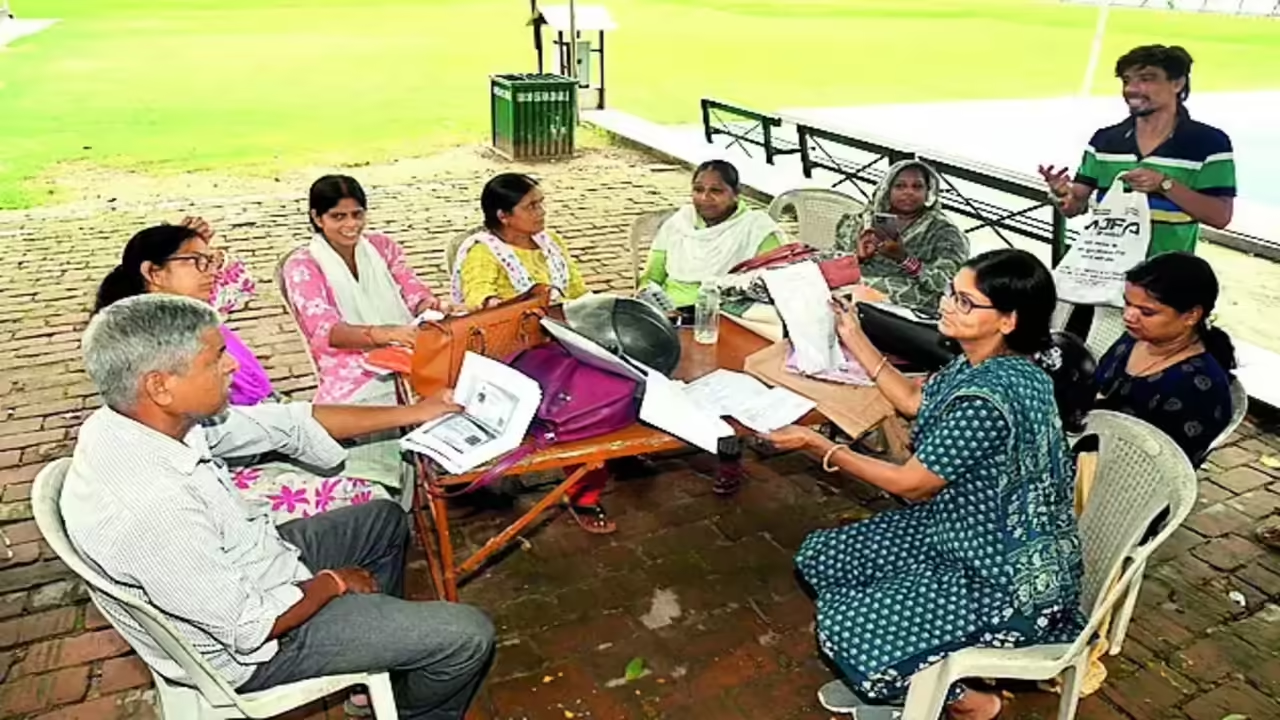Now Reading: Bihar Sees 6 % Drop in Voter Numbers: 3.7 Lakh Electors Declared Ineligible
-
01
Bihar Sees 6 % Drop in Voter Numbers: 3.7 Lakh Electors Declared Ineligible
Bihar Sees 6 % Drop in Voter Numbers: 3.7 Lakh Electors Declared Ineligible

Ahead of the Bihar assembly elections, the final electoral roll shows a sharp dip in voter count. Official figures reveal a 6 percent fall compared to earlier numbers, with 3.7 lakh electors removed as “ineligible.” For citizens across the state, especially in rural and Tier-2 districts, this development raises questions about fairness, transparency, and the future of electoral inclusion.
What’s Behind the Drop
The Election Commission carried out a Special Intensive Revision (SIR) of the voter list, aiming to clean it up by removing duplicate names, deceased persons, and non-resident entries. Many names were struck out in the process. The final list now puts Bihar’s electorate at around 7.4 crore, down from earlier drafts.
Who Lost Their Spots and Why
Of the 3.7 lakh removed, reasons include lack of valid documentation, failure to respond to verification notices, or being flagged as duplicates. Some were declared ineligible due to changes in residence or death. The revision has hit both urban and rural areas, but concerns are higher in remote and poorly served districts where record-keeping is weaker.
Reactions and Criticism
Opposition parties and civil society groups have cried foul. They argue that many genuine voters, especially in marginalized communities, may have been wrongfully excluded. Some point to procedural lapses—insufficient notice, limited grievance redressal, and strict documentation demands. However, the Election Commission defends the move as necessary to maintain accurate rolls.
Impact on Tier-2 and Rural Areas
In smaller towns, citizens may lack resources to navigate complex verification processes or supply required paperwork. Many residents — migrants, daily wage workers, or the elderly — may miss deadlines or hearings. This increases the risk of disenfranchisement of vulnerable voters, particularly those without strong civic support or legal awareness.
What Needs to Be Done
To restore trust, authorities must transparently publish who was removed and why, along with district-wise deletion lists. Accessible grievance mechanisms are crucial, including mobile camps in remote blocks, extended timelines, and local outreach in regional languages. The burden should not be on disenfranchised voters to chase paperwork.
Conclusion
This steep reduction in voter numbers changes not just the arithmetic of Bihar’s elections, but also raises deeper democracy questions. For many in Tier-2 and rural districts, the revision may feel like exclusion rather than correction. The onus now lies on the Election Commission and political leaders to ensure the cleanup does not turn into a purge—and that every eligible voter gets a fair chance to participate

























